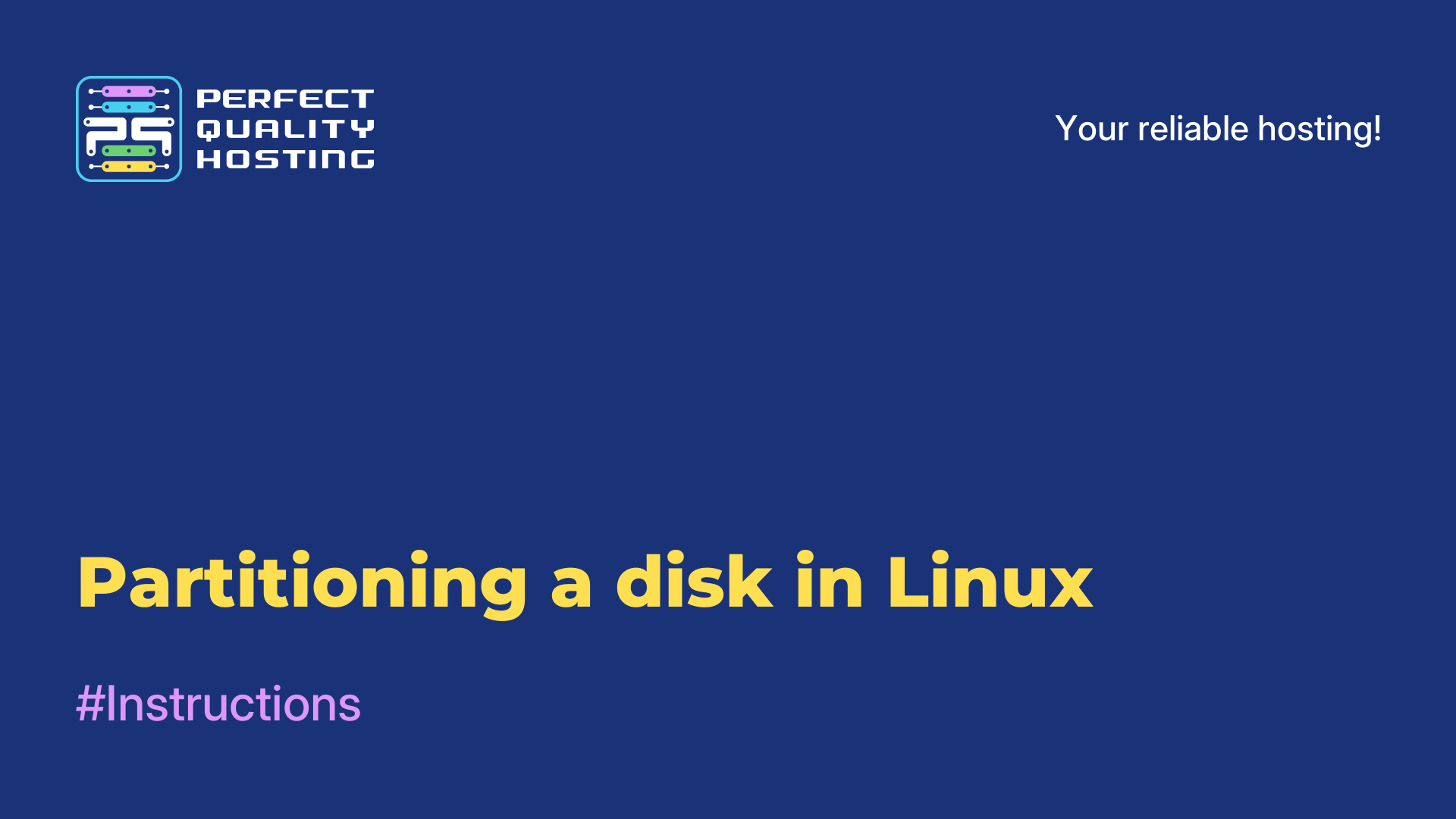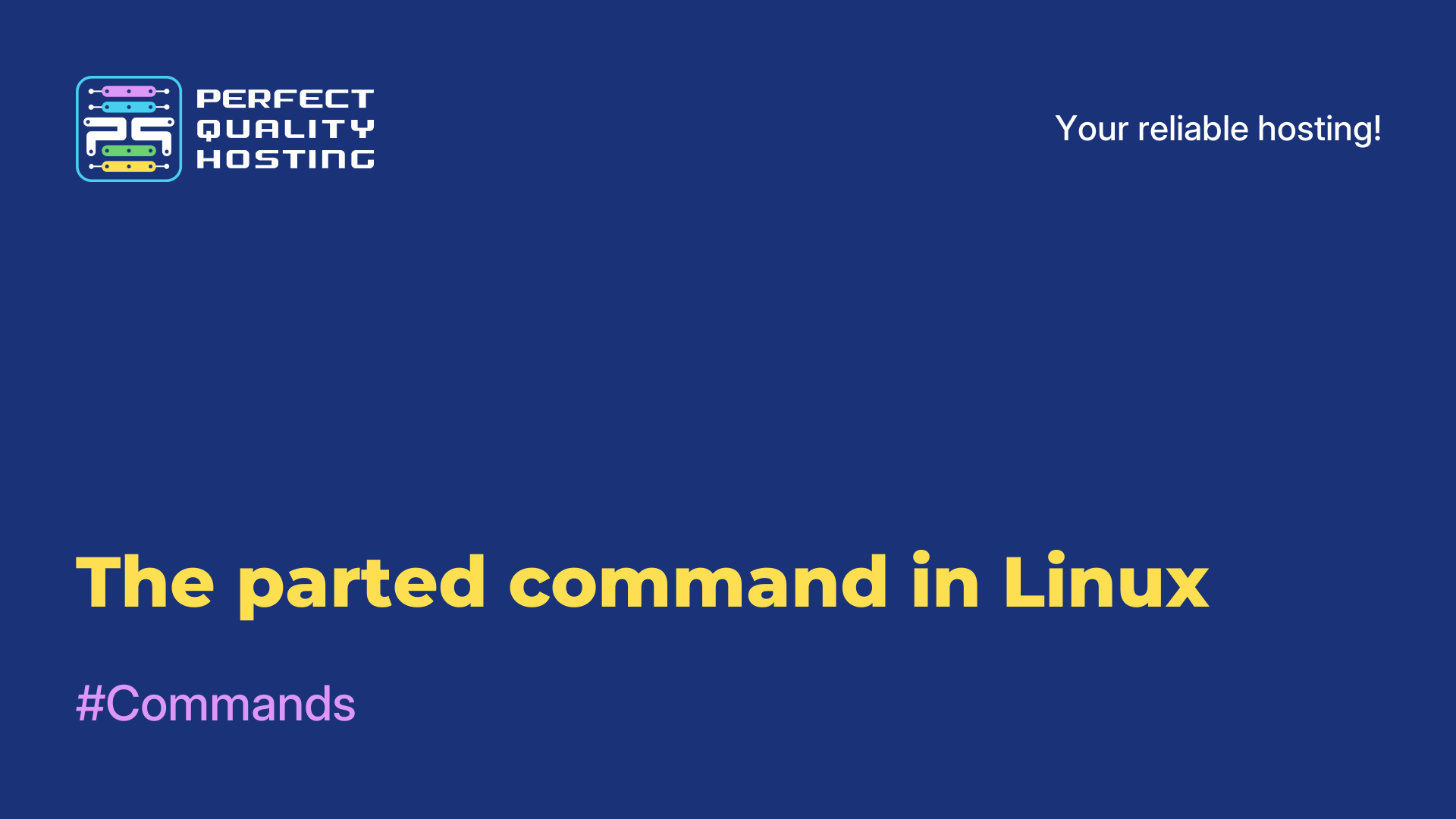-
United Kingdom+44 (20) 4577-20-00
-
USA+1 (929) 431-18-18
-
Israel+972 (55) 507-70-81
-
Brazil+55 (61) 3772-18-88
-
Canada+1 (416) 850-13-33
-
Czech Republic+420 (736) 353-668
-
Estonia+372 (53) 683-380
-
Greece+30 (800) 000-02-04
-
Ireland+353 (1) 699-43-88
-
Iceland+354 (53) 952-99
-
Lithuania+370 (700) 660-08
-
Netherlands+31 (970) 1027-77-87
-
Portugal+351 (800) 180-09-04
-
Romania+40 (376) 300-641
-
Sweden+46 (79) 008-11-99
-
Slovakia+421 (2) 333-004-23
-
Switzerland+41 (22) 508-77-76
-
Moldova+373 (699) 33-1-22
 English
English
What is disk partitioning in Linux
- Main
- Knowledge base
- What is disk partitioning in Linux
Disk partitioning in Linux is the process of creating various partitions on a hard disk that can be used to store data or install an operating system.
What is the disk layout for?
Disk layout is important for optimal use of hard disk space and data organization. It allows you to create partitions that can be used for various purposes, such as installing an operating system, storing user files, or backing up data.
Disk partitioning also ensures data security, as partitions can be separated from each other and protected from data corruption or loss. In addition, disk partitioning allows you to better manage disk space, for example, create partitions of different sizes or combine several partitions into one large partition. Operating systems, including Linux, require a certain disk layout for proper installation and operation. For example, the OS may require a separate partition for the bootloader or swap partition.
What determines the disk layout in Linux
The disk layout defines the structure and organization of the data on the disk, and also determines which partitions can be accessed for use. It can also include creating file systems on partitions, which allows the operating system to use these partitions to store files and data.
In Linux, there are several types of disk partitioning, such as MBR (Master Boot Record) and GPT (GUID Partition Table). MBR is an older disk layout format and supports up to 4 main partitions. GPT is a new standard and supports more flexible disk layout, allowing you to create more than 4 main partitions, as well as including support for large disks (more than 2 TB).
The parted utility, which can be installed on Linux, allows you to perform operations for creating, changing and deleting partitions on a disk, as well as formatting partitions using various file systems.






































